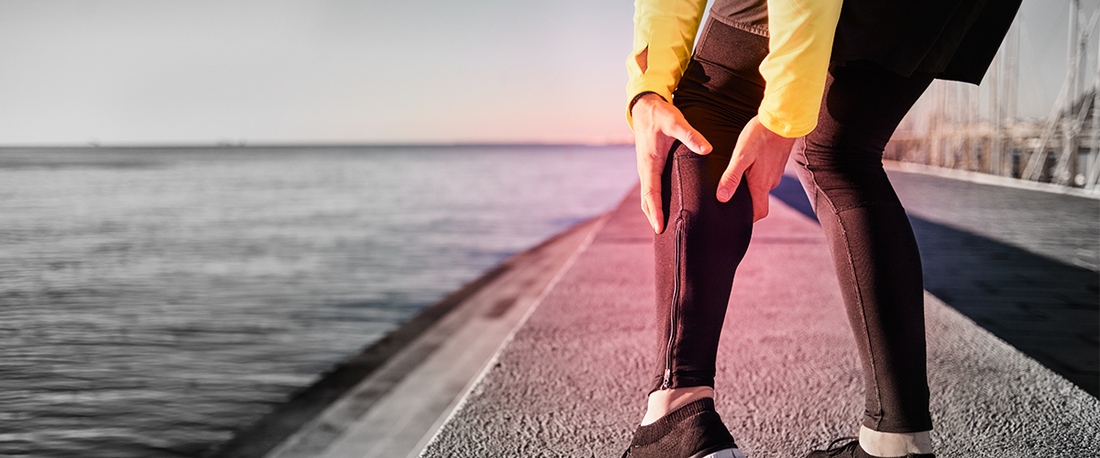One of the most painful and frustrating interruptions to a good night’s rest or an afternoon stroll is a sudden cramp. Unfortunately, leg cramps are extremely common and can be caused by problems in your diet, your exercise routine, or your sleeping patterns. The good news is, most leg pain is easily treated, and in fact, even more easily prevented.
Drink lots of fluids. Dehydration is probably the number one source of cramps. When your body loses too much water, it has a tendency to let you know, and cramping is one way it does this. To keep one step ahead of cramps, make sure you drink at least eight glasses of water every day.
Watch your mineral count. A proper diet is a great safeguard against cramping and other forms of leg pain, and several key minerals will form your first line of defense. If leg pain is a problem for you, paying special attention to these minerals will make sure that cramps don’t have a chance to creep up on you.
-
Potassium. You probably know that bananas are a good source of potassium. But if you really want your fill of this important mineral, try a cup of dried apricots or figs, or a rich, ripe avocado. They each have more than 1,000 milligrams. Potassium also is widely available in supplement form, as are the other important anti-cramp minerals.
-
Magnesium. Keep up your magnesium stores with a few almonds or cashews, apricots, whole grains, soybeans, or dark-green leafy vegetables.
-
Calcium. What’s good for the bone is good for the muscle, so drink your milk. Yogurt and other forms of dairy work too, of course, as well as dried peas and beans, and dark-green leafy vegetables.
Try a tonic. High doses of quinine may cut down on nighttime leg cramps but can also lead to a scary parade of side effects. That’s why the FDA has banned over-the-counter and prescription quinine pills for leg cramps. But you might find some relief if you drink a cup of tonic water before you go to bed. An 8-ounce glass contains 27 milligrams of quinine, which is enough to tame muscle cramps in some people. If you find it too bitter, mix the tonic water with lemon or orange juice.
What if a cramp slips through your defenses? Don’t panic. Follow these easy steps to rid your muscle of its uninvited guest:
-
Keep it down. As soon as you feel a cramp coming on, lower that part of your body to a level beneath the rest of your body. This keeps blood circulating more freely to the cramped area. If the cramp comes at night, just hang your arm or leg over the side of your bed.
-
Turn up the heat. Adding some heat to the situation can help ease your pain. Blankets, hot baths, and heating pads can all do the trick, but take care — too much heat can actually enlarge your blood vessels, causing other circulation problems down the road.
-
Get your flex time. When the cramp hits, don’t grab and rub. Instead, sit and flex. There will be time enough later to rub your sore muscle, but right now, the best thing for it is to stop the spasm. Sit up in bed, straighten your leg, grab the ball of your foot, and stretch it toward you. Hold your leg in this position until the cramp relaxes. Practicing this flex move every day — with or without a cramp — will help keep your leg muscles in shape and lower your chances of suffering a painful charley horse.

